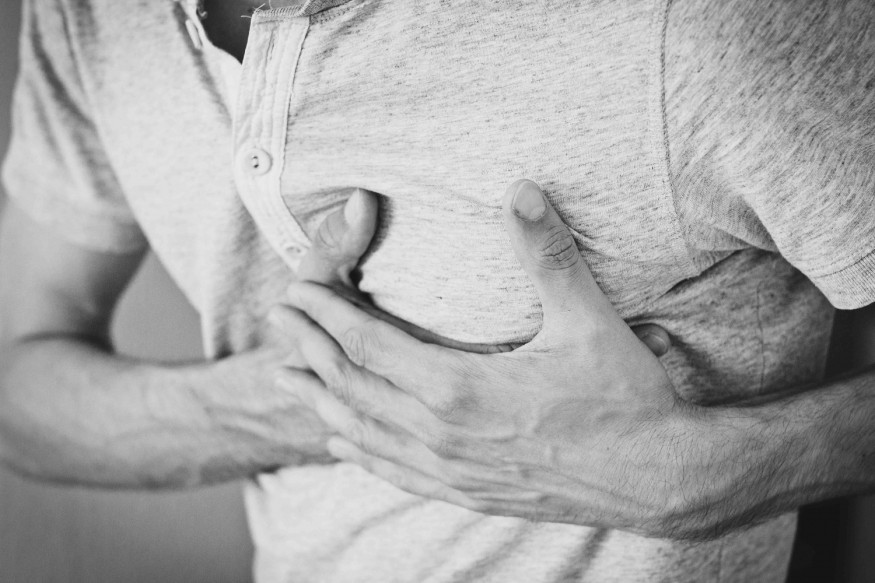Peripheral artery disease, or PAD, affects millions of Americans per year. A recent study showed that PAD patients have a harder time recovering if they also have depressive symptoms. The publication in the Journal of the American Heart Association is a study from researchers at Yale University School of Medicine.
PAD is the result of plaque build-up in the arteries or blood vessels that carry blood from the heart to tissues. As plaque builds up, which is usually made of cholesterol, fat, and other substances, it can lead to a condition called atherosclerosis. The plaque solidifies and causes the arteries to narrow in the head, stomach, arms, and most commonly in the legs.
Lack of blood flow to the legs results in numbness and pain, which can lead to gangrene. Severe cases lead to leg amputation. Smoking, old age, and conditions like diabetes, metabolic syndrome, high cholesterol levels, and hypertension can also increase the risk of getting PAD.
Current treatment includes a change in diet and lifestyle, medication, or surgery. However, recovery from PAD can be complicated if the person also suffers from depression, even among patients receiving specialty care, says psychologist Kim Smolderen. She is also the co-director of Yale New Haven Hospital's Vascular Medicine Outcomes Research Program.
Depression Prominent in Women
The study included over 1,200 PAD patients from Australia, the Netherlands, and the United States. They enrolled in the Patient‐Centered Outcomes Related to Treatment Practices in Peripheral Artery Disease Investigating Trajectories (PORTRAIT) registry. First, depressive symptoms were assessed as patients took the 8-item Patient Health Questionnaire, which is used to screen for major depressive disorder.
During the 12 months of the study, the researchers found that depressive symptoms were prominent in women, which made up 38% of the participants. One factor for these symptoms was the cost of medical health care.
Associating depression with PAD increased the risk of possible adverse cardiovascular events such as a heart attack. Another study showed that depressive symptoms also increased the chances of amputation, which only increased if patients were not treated with antidepressants.

READ: Inflammation as a Biomarker of Depression Can Help Patients That Are Drug-Resistant
Improving Treatment of PAD
Qurat-Ul-Ain Jelani, an interventional cardiologist, said that PAD treatment is designed to improve the health and quality of life of patients. However, failing to recognize or treat depressive symptoms may stand in the way of realizing optimal recovery.
The authors urge vascular specialty clinics to consider integrating PAD treatment with mental health screening, especially since women have increased vulnerability to depression. Of course, men are not exempt from dealing with depressive symptoms and also suffer from more severe cases of PAD.
"Disease management may increase the opportunity for patients to receive more holistic care, thus improving outcomes. A multidisciplinary approach that includes mental health supports for patients with PAD would be beneficial," said Jelani.
Treatment of peripheral artery disease is more than treating the legs and the pain that comes with it. "We need awareness for the patient as a whole in order to provide patient-centric care," Smolderen said.












